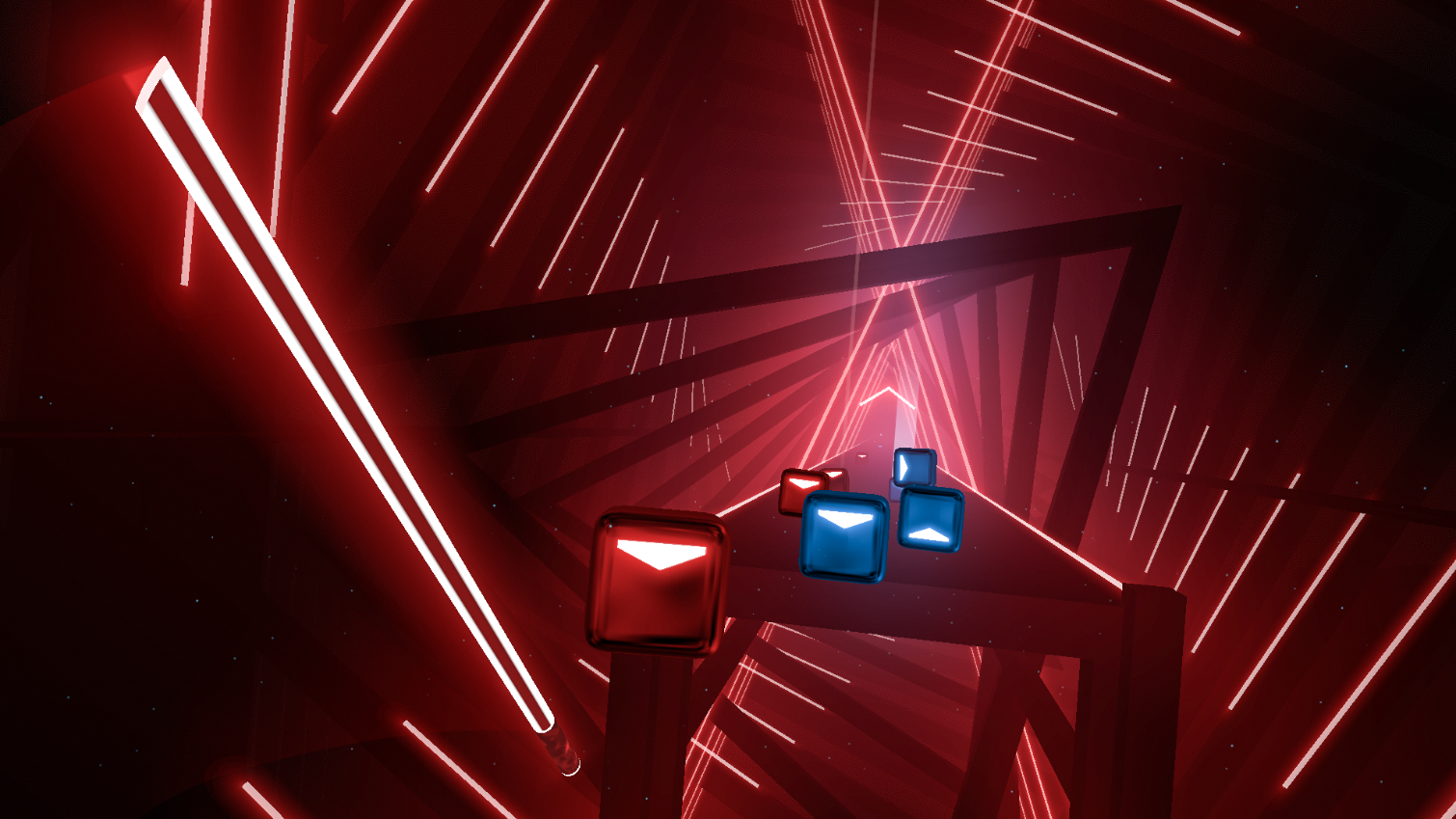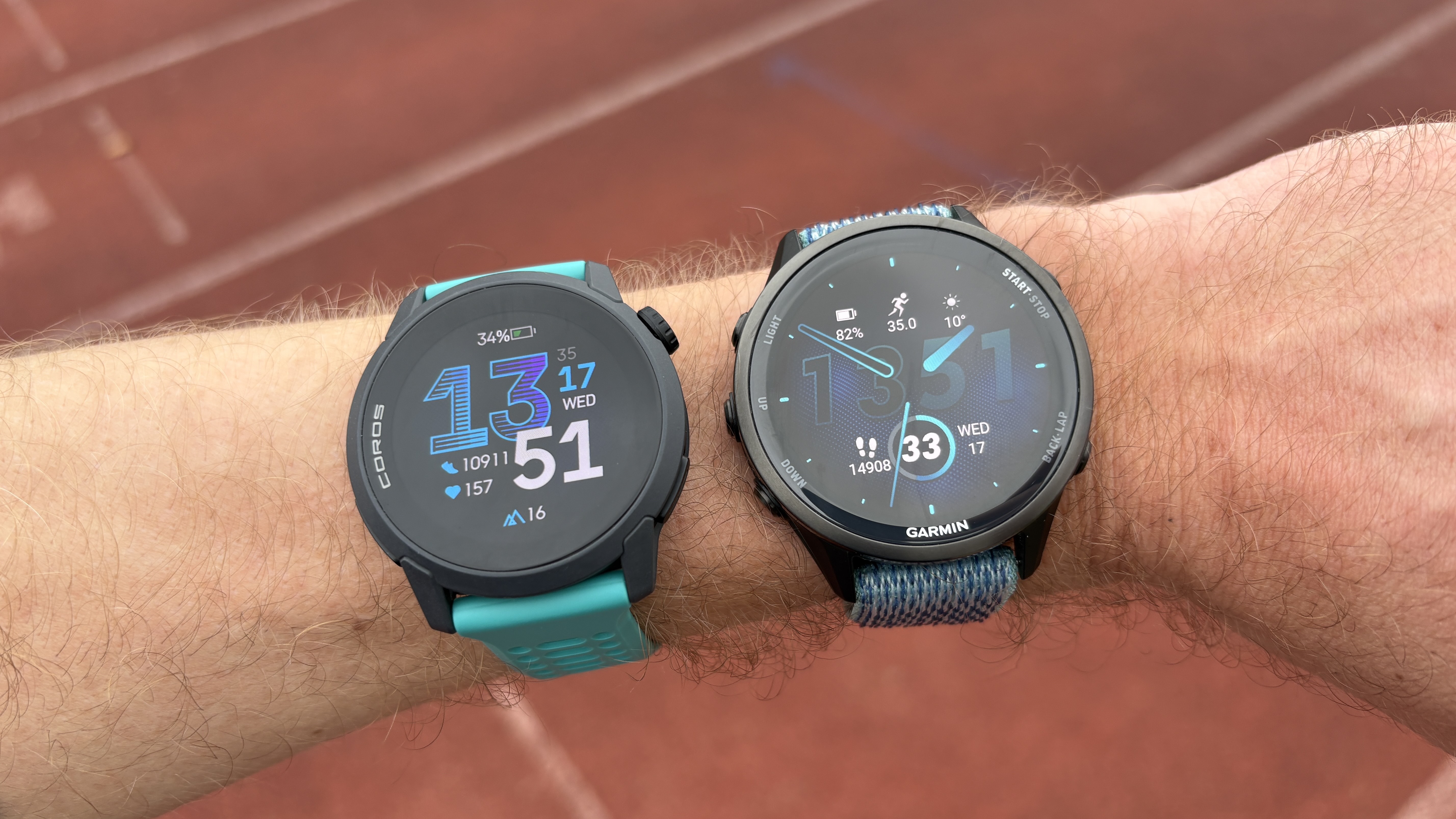Beat Saber Is the Perfect Launch Game for Oculus Quest
Beat Saber is a day-one release title for the upcoming Oculus Quest platform, which is good, since it plays to the platform's strengths.
SAN FRANCISCO – If you’re big on VR gaming, there’s a good chance you’ve already played Beat Saber. This Czech rhythm game casts you as a sort of musically inclined Jedi, using twin lightsabers to slice blocks as they come toward you.
It’s simple, but not easy; it’s immediately addicting; and it’s a day-one release title for the upcoming Oculus Quest platform. That’s a good thing, since it plays to all of the Quest’s strengths.

I went hands-on with Beat Saber for the Quest at GDC 2019, and as someone who gets sick very easily in VR, I was apprehensive. But by the end of the demo, I felt fine; in fact, I felt downright pumped, because Beat Saber brought back all my best memories of playing Guitar Hero and Rock Band in college. It’s a mesmerizing experience, which rewards skill without stymieing new players (too much, anyway).
For those of you who have never tried Beat Saber, it’s a straightforward enough concept. You hold a Touch controller in each hand, and each one represents a lightsaber in the Quest headset. Then, you choose an electronic song (the demo had three songs; the full game can have more than 20, depending on which DLC you buy). As the song plays, colored blocks with directional arrows scroll toward you. It’s your job to slice them in the proper direction as they zoom past.
The Oculus Quest doesn’t handle the core gameplay mechanics any better than the Oculus Rift or the PSVR, where the game is already available. However, there’s an additional wrinkle to gameplay. As you slice your way through blocks, you’ll sometimes have to dodge huge walls of energy by sidestepping or ducking under them. And, unlike the Rift or the PSVR, the Quest has no wires.
For those of you who aren’t familiar with the Quest, it’s the first standalone VR headset from Oculus. While the Rift (and upcoming Rift S) need to connect to a computer to function, the Quest doesn’t. That means no wires and – importantly – no complicated or potential trip hazards.

There are tradeoffs, of course. As a standalone system, the Quest is necessarily less powerful than the Rift, and won’t have access as comprehensive a library of games. You can’t set up your own boundaries as easily, as I learned when my lightsabers made contact with the wire-frame virtual walls. Furthermore, players will need to recharge the device periodically, whereas the Rift can run indefinitely.
Get instant access to breaking news, the hottest reviews, great deals and helpful tips.
But for a simple game like Beat Saber, where graphics are secondary and moment-to-moment gameplay is everything, having absolute freedom of movement was a huge benefit. I imagine that the same will hold true for any game that requires fast, reflexive movements rather than relying on controllers to do the heavy lifting.
Be sure to check out our GDC 2019 hub page for all of the latest gaming news and hands-on impressions straight out of San Francisco.

Marshall Honorof was a senior editor for Tom's Guide, overseeing the site's coverage of gaming hardware and software. He comes from a science writing background, having studied paleomammalogy, biological anthropology, and the history of science and technology. After hours, you can find him practicing taekwondo or doing deep dives on classic sci-fi.
